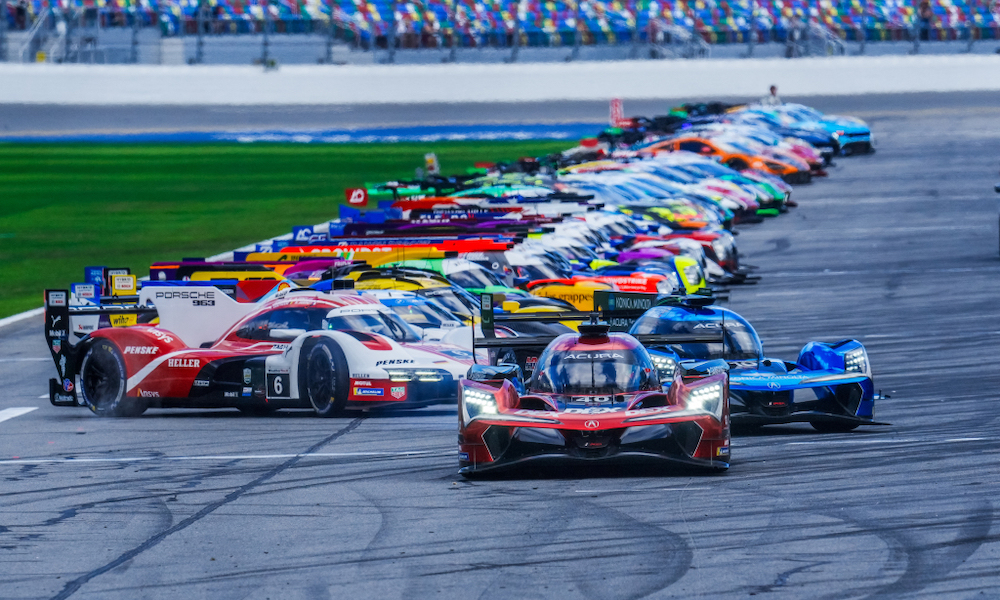
In the first of a two-part series, RACER is taking an intensive look into how IMSA and IndyCar grew their series through digital platforms in 2024. IndyCar’s will follow in January.
Television remains a vital tool for every racing series in their efforts to increase audience size and reach, but it’s a passive relationship. IMSA and IndyCar aren’t in charge of their TV broadcasts, nor do they have a steady ability to make direct connections with their followers through the networks while live on NBC (IMSA) and FOX (IndyCar).
But that’s entirely different when it comes to their digital initiatives, all driven through social media and the online video platforms they control. Both have a permanent green light to craft and control their own content, and in ways they cannot through their television partners. It’s here where the two series took major steps forward, in ways that were unique to their style of racing and the main demographics of their supporters, over the past 12 months.
Where IMSA (11) and IndyCar (17) have a fixed number of races to harness the power of their TV partners, it’s in the artful deployment of digital content, from simple things like photo and short-form video posts on Instagram, TikTok, Facebook, and X where they’re able to have the most influence.
Longer video pieces on YouTube including original behind-the-scenes material, full race replays and recaps, and retro content help make new fans and feed longstanding followers, and has become the greatest area for a racing series to expand its global footprint.
Doug O’Donnell, who joined IMSA as its new senior director of brand and digital strategy in June of 2023 after holding similar positions for the IRONMAN triathlon and the NBA’s San Antonio Spurs, YouTube has been the primary area for its growth strategy.
Based on the numbers, the strategy is an overwhelming winner which will continue into 2025 and beyond.
Free of most geoblocking restrictions, IMSA used its presence on YouTube to follow Season 1 of its Win The Weekend docuseries and deploy Season 2, which was watched throughout the world by millions of viewers for each episode. And in another important decision, IMSA started going live on YouTube — initially for international fans, and without advance promotions — with portions of its legendary Mobil 1 Twelve Hours of Sebring race in March.
The results were an instant hit, which led to IMSA utilizing YouTube for live racing action on a regular basis through the rest of the year, including IMSA’s Historic Sportscar Racing series.
IMSA also made impressive headway with its other digital platforms on social media, but none were bigger than what took place on YouTube.
On January 1, 2024, IMSA had 290,000 subscribers, which was decent, but ripe for improvement. Its efforts to make its YouTube page a central rallying point for video content rocketed upward throughout the year, and on September 24, just after the Battle on the Bricks race at Indianapolis, IMSA caught and matched IndyCar’s subscriber base at 389,000.
Adding 99,000 subscribers from Jan. 1 through Sept. 24 was good, but IMSA’s YouTube initiative has really taken off to close the year.
IndyCar was an early adopter of YouTube, joining in July of 2006. Since then, IndyCar has posted 6459 videos that have accumulated 143,353,394 views.
IMSA, which was reborn when the American Le Mans Series and Grand-Am merged in 2012, arrived on YouTube as part of that merger in February of 2013. Despite its comparatively late appearance on YouTube and a modest volume of posts with 1797 videos, its content has generated 115,915,103 views.